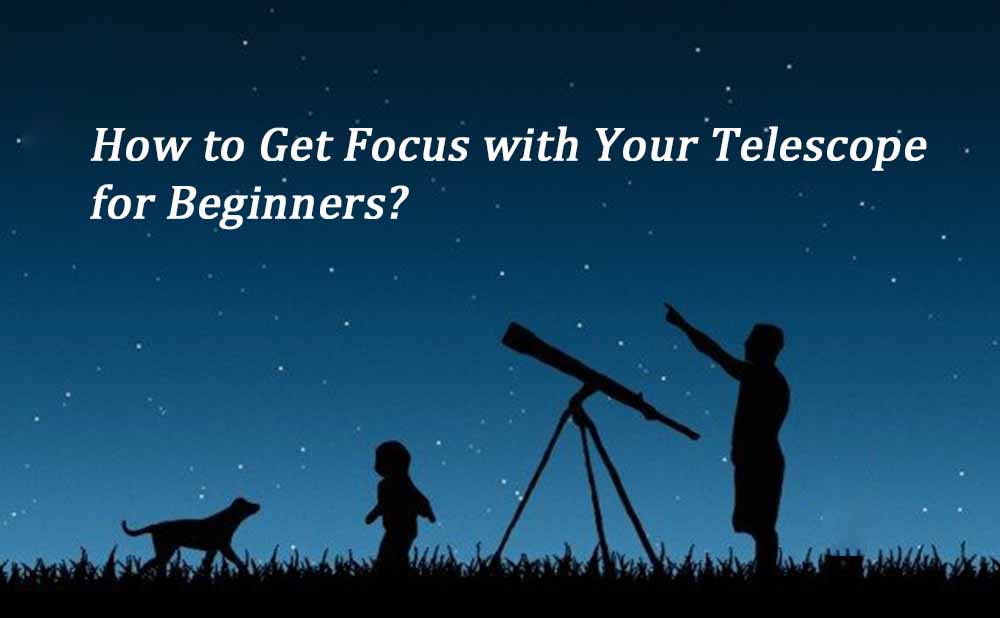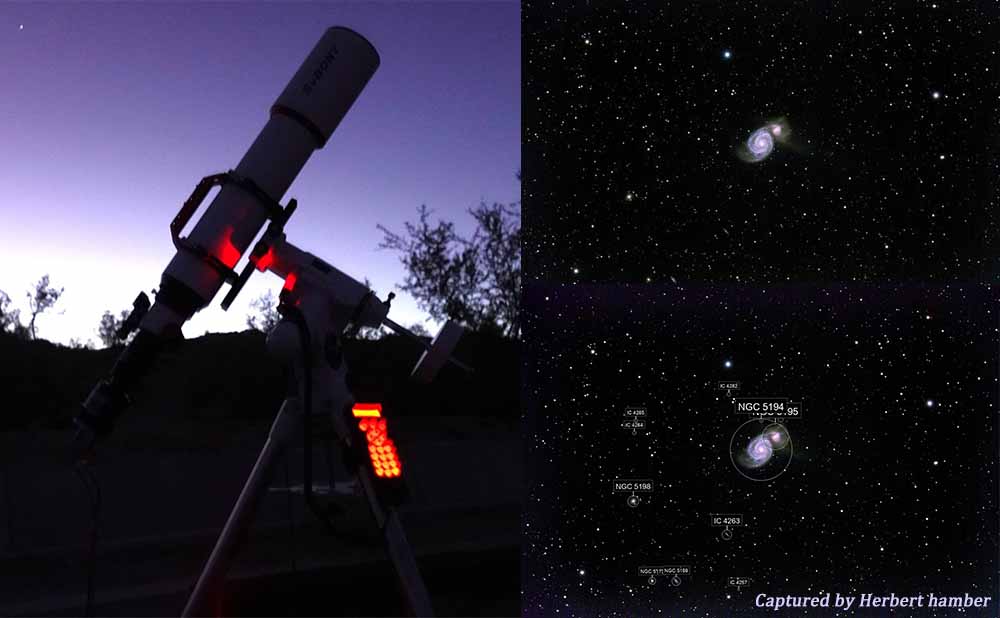How to Get Focus with Your Telescope for Beginners?

How to Get Focus with Your Telescope for Beginners?
Astronomical telescopes are like human eyes—they enhance or decrease their focusing ability by contracting or relaxing the ciliary muscles. However, unlike our eyes, the lenses of astronomical telescopes do not automatically adjust themselves. Therefore, we need to manually "focus" the telescope to align it with the target for clear viewing.

Steps
1. Preparation: Determine the observation location, time, and weather conditions. Ensure clear skies with minimal clouds and use an appropriate magnification on a stable astronomical telescope.
2. ①. During the day, aim the main lens barrel at a distant target, such as a high-rise building in the distance, a mountain in the distance, etc., and install a low-magnification eyepiece, such as 20mm. After roughly aligning the lens barrel with the target, adjust the focal length. Until the target is clearly visible and the target is in the center of the main mirror.
②. Adjust the three screws on the finderscope, and then adjust the target seen by the main mirror to the center of the cross of the finderscope.
③. Replace the eyepiece with a high magnification, such as 10mm or 5mm, and repeat steps ① and ② again. During debugging, the target in the main tube should always be controlled at the center of the cross of the finder.
3. Adjust the telescope position: Place the tripod of the astronomical telescope on a stable ground, then point the telescope toward the sky, and use the azimuth and altitude adjustment knobs to adjust the field of view until you find the celestial body you want to observe.
4. Focus adjustment: After pointing the telescope at the celestial body, adjust the focus of the telescope so that the celestial body can be clearly displayed in the field of view of the telescope.
5. Adjust the magnification of the telescope: Astronomical telescopes usually have different magnifications, which can be changed by replacing the eyepiece or adding a magnifying glass. Choose the appropriate magnification according to the size and brightness of the celestial body.
6. Observation: Once the astronomical telescope is adjusted, you can start observing the celestial body. When observing, be careful to avoid observing for too long, otherwise it may cause damage to the telescope lens.
7. End observation: After the observation, turn off the telescope and clean it up. At the same time, place the astronomical telescope in a dry and cool place to avoid damage.
Some tips
- Avoid blindly pursuing high magnifications.
- Many beginners believe that using a telescope to observe celestial bodies means getting closer to them, so they choose the highest possible magnification. This is incorrect because increasing the magnification narrows your field of view, makes the image blurrier, and makes it harder to find and focus on celestial bodies. Additionally, the pursuit of magnification must be based on the aperture of the astronomical telescope's main mirror, as otherwise the image will be too dark to see clearly.
- Do your homework and plan ahead.
- First, to better understand celestial bodies, do your research in advance to familiarize yourself with the target. Then, observe with a specific purpose rather than just looking at the surface of the target. Also, pay attention to the observation conditions. The air contains many impurities such as dust, atmospheric turbulence, and air cleanliness, which can negatively affect image clarity.
Conclusion
Focusing a telescope is an important skill for beginners. Remember to enjoy the process and be patient. With experience, you will become more proficient in focusing the telescope and obtain clear images. Happy observing!








